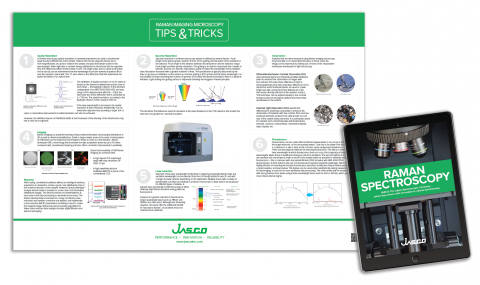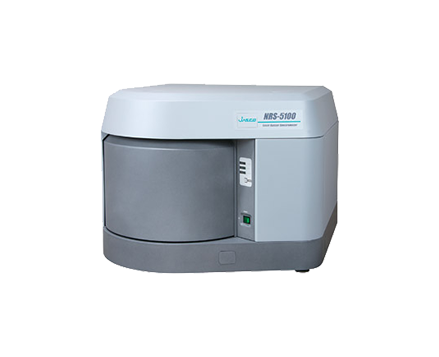|
Raman spectroscopy is a popular technique for the analysis of the molecular structure and is considered complementary to infrared spectroscopy. Raman spectroscopy is based on the Raman effect which was first identified by physicist Chandrasekhara Venkata Raman in 1928. The Raman effect is based on the scattering of light, which includes both elastic scatter (Rayleigh) that occurs at the same wavelength as the incident light and inelastic scatter (Raman) at different wavelengths, due to molecular bond vibration. Raman scatter is about a million times less intense than Rayleigh scattering. Therefore, to obtain Raman spectra, it is necessary to prevent the Rayleigh scatter from overpowering the weaker Raman scatter.
In a typical Raman spectrometer, spectra are measured by exciting the sample by a high-intensity laser, with the resulting scattered light being passed to a spectrograph. The Raman shift is the energy difference between the incident light and scattered light. In the resulting spectrum, the vertical axis is the intensity of the scattered light and the horizontal axis is the frequency of the Raman shift (cm-1) in the spectrum.

Click here to download the Raman eBook.
Click here to request a full size poster for your lab.
Click here to download a printable pdf version of the Raman poster.






